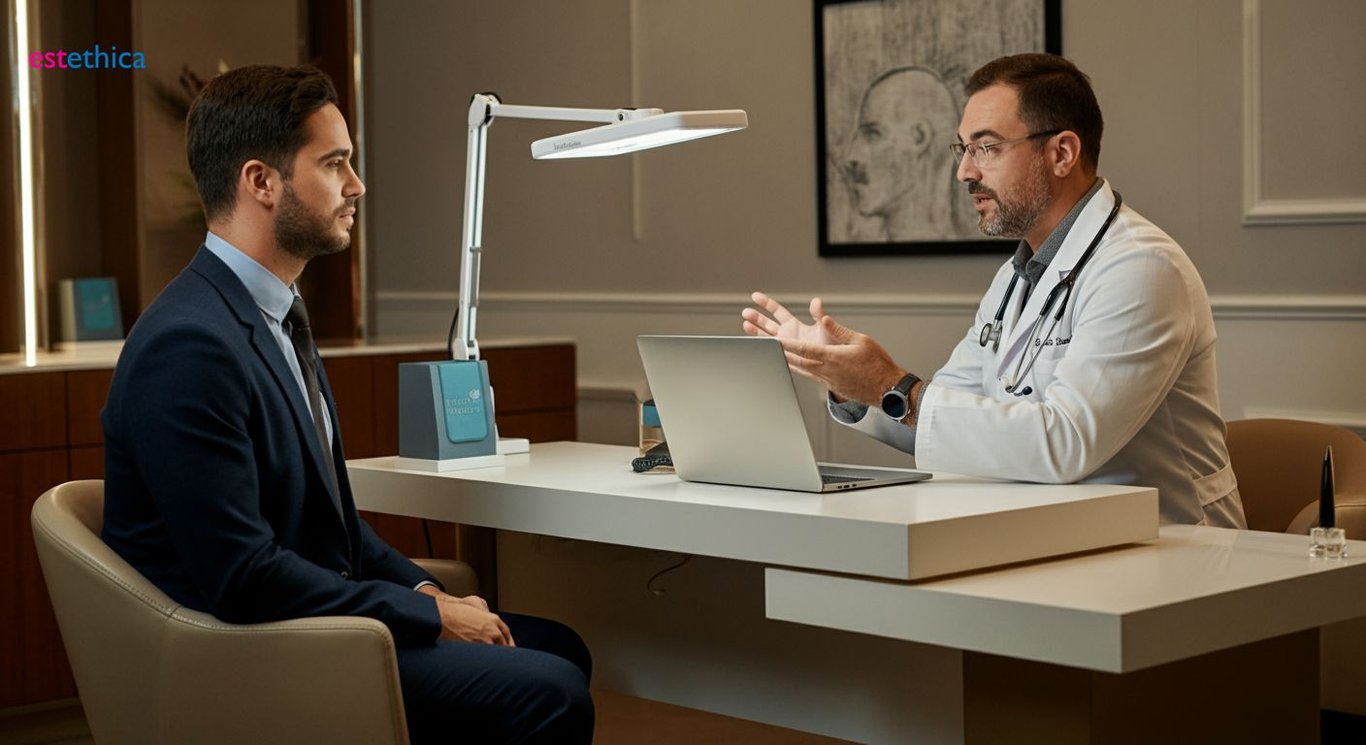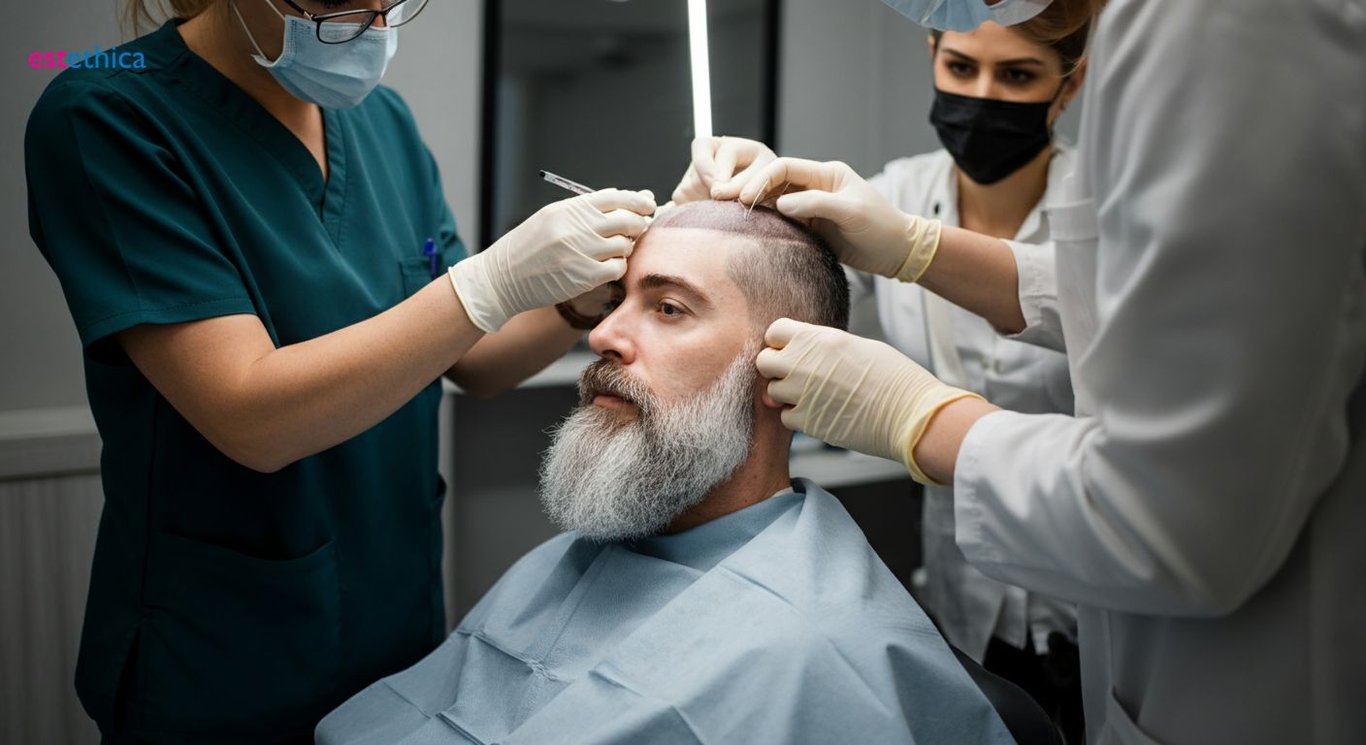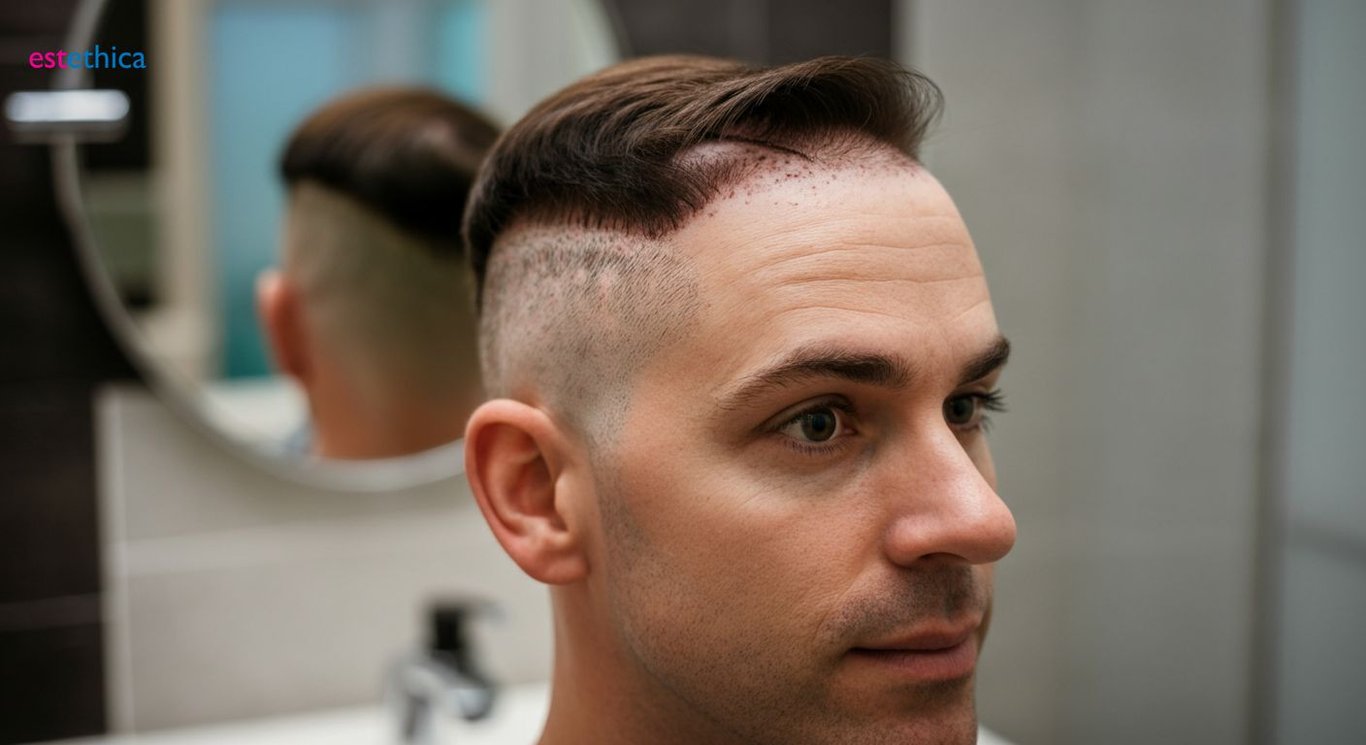Unlock Your Hair's Potential: A Guide to Modern Hair Transplantation
Explore how advanced hair transplantation techniques can restore both your hair and your confidence with this comprehensive guide.
In the quest for self-confidence and personal identity, the power of a full head of hair should never be underestimated. Hair is more than just a feature; it's a statement about who we are. For many facing hair loss, hair restoration offers renewed confidence and a fresh start. This detailed guide unpacks the modern world of hair transplantation, revealing how you can unlock your hair's potential with the latest techniques and care practices.
Understanding Hair Loss: Identifying the Root Causes
Exploring the Multifaceted Nature of Hair Loss
Hair loss presents in diverse forms and stems from a range of causes. These can include the effects of certain medications, exposure to environmental pollutants, and the consequences of specific hairstyling practices. Recognizing these varied factors is crucial for accurately diagnosing the type of hair loss and selecting the most appropriate treatments. Those considering hair restoration should first understand these potential causes. This enables a more informed discussion with specialists about possible remedies like a hair transplant.
Common Indicators of Hair Loss
- Gradual Thinning: Over time, you might notice that your hair's volume decreases, often beginning at the crown of the head.
- Receding Hairline: Especially common in men, the hairline progressively moves back, creating a more prominent forehead.
- Increased Hair Shedding: Finding more hair than usual on your pillow, in the shower drain, or while brushing can indicate accelerated hair loss.
Determining the type and cause of hair loss is essential for exploring the best hair restoration options, like Follicular Unit Extraction (FUE) or other advanced hair loss treatment methods. Knowing what to look for allows for earlier intervention.
Navigating Hair Restoration Costs
- Initial Consultation: It includes understanding the reasons behind hair loss with clinic specialist.
- Personalized Planning: The expert plans the hair transplant by prioritizing the patient's individualized needs.
- Post-Op Care: This covers follow-up appointments, medications, and specific care guidelines to secure the transplant's effectiveness and your comfort after the procedure.

From FUE to FUT: Exploring the Different Hair Transplant Techniques
Understanding FUE and FUT Techniques
In the realm of hair restoration, Follicular Unit Extraction (FUE) and Follicular Unit Transplantation (FUT) stand out as prominent methods. FUE involves the extraction of individual hair follicles directly from the scalp. This method is known for leaving minimal scarring, often appearing as tiny, nearly invisible dots making it a popular choice for those seeking a hair transplant. FUT, on the other hand, involves removing a strip of scalp from which hair follicles are then extracted. While FUT results in a linear scar, it can be more suitable for individuals needing a large number of grafts.
Advantages and Disadvantages of Each Hair Transplant Method
- FUE (Follicular Unit Extraction): Minimal scarring, quicker recovery, and suitable for smaller areas but can be more time-consuming.
- FUT (Follicular Unit Transplantation): Suitable for large areas requiring many grafts, but leaves a linear scar and may involve a longer recovery.
- Considerations: The choice depends on factors such as the extent of hair loss, the patient’s preferences, and the advice of the hair transplant surgeon.
Understanding the differences between FUE and FUT is essential for anyone considering hair transplant surgery. Furthermore, the longevity of the results of the hair restoration can vary based on individual factors. At estethica, both FUE and FUT methods are performed by experienced surgeons. Consulting with a qualified surgeon ensures patients can make an informed decision aligned with their specific needs and expectations. They can provide insights into which method best suits their situation, considering aspects. For instance, a patient needing extensive coverage might benefit more from FUT, whereas someone preferring minimal scarring might opt for FUE.
Factors Influencing Hair Transplant Decisions
- Scalp Condition: Determine whether the scalp is healthy enough to undergo a hair transplant.
- Hair Type: Check the hair characteristics as it can affect the success and natural look of the transplant.
- Personal Preferences: It includes understanding the patient's priorities and considering treatment options like FUE and FUT.

Is Hair Restoration Right for You? Assessing Candidacy and Expectations
Determining Your Candidacy for Hair Restoration and Realistic Expectations
Deciding if you are the right fit for hair restoration involves assessing several key factors. These range from the degree of your hair loss to your overall health and specific goals. A consultation with hair restoration specialists is crucial, as it helps clarify what you can realistically expect from procedures like a hair transplant. For example, someone with extensive hair loss might have different outcomes than someone with early-stage receding. Understanding these aspects ensures that your decision aligns well with your lifestyle and personal objectives.
Key Considerations for a Hair Transplant
- Extent of Hair Loss: Assesses the area needing coverage to determine if a hair transplant is viable.
- General Health: Evaluates any underlying medical conditions that could affect the success of the procedure like non surgical hair loss treatments.
- Desired Outcomes: Clarifies expectations, ensuring they match what hair restoration can achieve.
It's important to consider these factors seriously. For instance, if you have a medical condition that impairs healing, it might influence the type of hair loss treatment recommended.
Planning Your Hair Restoration Journey
- Consultation: Discuss your expectations and suitability by scheduling appointment with our professionals.
- Evaluation: The expert analysis the scalp's condition and hair quality.
- Customization: Explore what kind of techniques is ideal for your hair structure such as FUE to non-shaven hair transplant methods.

Beyond the Procedure: Essential Hair Transplant Aftercare for Optimal Results
Maximizing the Benefits of Your Hair Transplant Through Proper Aftercare
After undergoing a hair transplant, it's essential to follow a tailored aftercare plan to ensure the success and longevity of the transplanted hair. Proper aftercare minimizes complications and enhances the hair's vitality. This involves gentle cleansing, avoiding strenuous activities that could compromise the newly implanted follicles, and using specified products that support healing and growth. For instance, using a medicated shampoo can prevent infection, while avoiding direct sunlight protects the sensitive scalp. At estethica, we emphasize custom aftercare plans as pivotal for achieving the best possible outcomes from your hair restoration journey.
Essential Steps for Post-Transplant Hair Care
- Gentle Washing: Use lukewarm water and a mild, pH-balanced shampoo to cleanse the scalp without dislodging grafts.
- Avoid Strenuous Activity: Refrain from heavy lifting or high-impact workouts for at least two weeks to prevent swelling and bleeding.
- Medication Adherence: Follow the prescribed medication schedule, including antibiotics and anti-inflammatory drugs, to minimize infection and discomfort.
Adhering closely to these guidelines is essential because the first few weeks after a hair transplant are crucial for the survival of the grafts. Ignoring aftercare instructions could lead to complications such as infection or graft dislodgement, affecting the overall success of the hair restoration. While considering a hair transplant, remember that the success relies on your adherence to the aftercare provided, securing the health and density of your new hair.
Long-Term Hair Maintenance Strategies
- Regular Scalp Massages: Improve circulation and stimulate hair growth by gently massaging the scalp daily.
- Balanced Diet: Maintain a diet rich in vitamins and minerals to nourish hair follicles and promote overall hair health.
- Follow-Up Appointments: Attend all scheduled follow-up appointments to monitor progress and manage any concerns with your doctor.
Advanced FUE and FUT Hair Transplant Techniques for Natural-Looking Results
Personalized Aftercare Plans for Optimal Hair Transplant Results
Frequently Asked Questions
What are the primary causes of hair loss that might necessitate hair restoration?
What are the key differences between FUE and FUT hair transplant techniques?
What critical aftercare steps are necessary to achieve optimal results following a hair transplant?
How do I determine if I am a suitable candidate for hair restoration procedures like a hair transplant?
Ready to discover your healthiest, most beautiful self with estethica's personalized approach?
📞 Call Now for a Free Consultation!